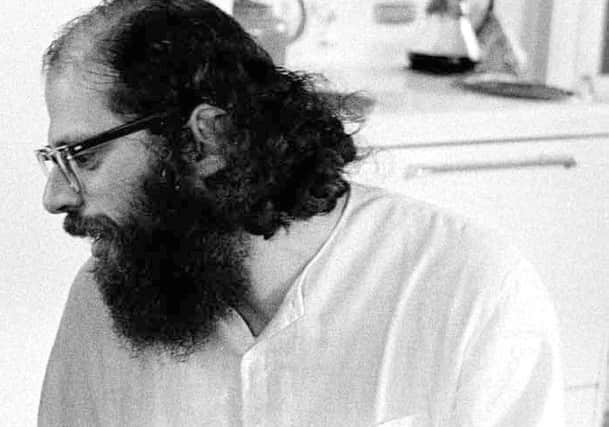Allen Ginsberg's poem Howl at 60 - the beat goes on


In October 1955, a group of largely unknown poets gathered for a reading at the Six Gallery in San Francisco where Allen Ginsberg first performed his poem Howl.
Among those in the audience was the poet and City Lights bookstore owner Lawrence Ferlinghetti, who wrote to the young poet afterwards, saying: “I greet you at the beginning of a brilliant career. When do I get the manuscript?”
Advertisement
Hide AdAdvertisement
Hide AdAs it turned out Ferlinghetti, who would himself become one of America’s most popular poets, didn’t have long to wait and Howl and Other Poems was published on November 1, 1956.
It proved to be a literary landmark. As well as becoming one of the principal works of the Beat Generation, along with Jack Kerouac’s On the Road and William S Burroughs’s The Naked Lunch, the poem influenced a generation of rock stars and poets who would flourish in the tumultuous decade that followed.
With Howl, Ginsberg unleashed a voice that was at once biographical, confessional and historical, the rhythm of which was rendered from its dramatic opening lines: “I saw the best minds of my generation destroyed by madness, starving hysterical naked.”
Dr Simon Warner, researcher in popular music at the University of Leeds, says the publication of Howl changed the face of poetry for good. “Through that poem Allen Ginsberg created a landmark work that contained an attitude and expressed a form of language that was radical and ground-breaking. It was a brave decision by City Lights to publish it because it wasn’t long before it ended up being charged with obscenity.”
Advertisement
Hide AdAdvertisement
Hide AdIn fact it wasn’t until the subsequent obscenity trial in 1957, after customs officials seized 520 copies destined for London, that the book became widely read. Ferlinghetti won the case when the judge deemed the book was of “redeeming social importance”.
“The poem was published at a time when America was at a crossroads. The country was divided, there had been the McCarthy witch-hunts against supposed Communist sympathisers and the Civil Rights Movement was at its height.
“Ginsberg is critical of the America he sees. He speaks out for the disenfranchised and marginalised, for the black population and homosexual population and in Howl he draws attention to these things.”
Not everyone was impressed by the poem. Some critics thought it was grubby and unpoetic. Nevertheless, it is hard to think of a poem that has had such a broad cultural impact, with perhaps only Philip Larkin’s Annus Mirabilis or T S Eliot’s The Waste Land coming close.
Advertisement
Hide AdAdvertisement
Hide AdDr Warner, author of Howl for Now: A Celebration of Allen Ginsberg’s Epic Protest Poem, says Howl became a blueprint for future generations of poets and lyricists. “It lit the touch paper of the cultural revolution that followed in the 60s and influenced people like Bob Dylan, Jim Morrison and Lou Reed.”
Poetry has rarely, if ever, troubled the best-seller lists but Howl is still one of the best known and most widely read poems, though Dr Warner is doubtful whether a poem written today could have such an impact. “I think that Howl moment was unique and it’s hard to see how that might happen again.”
He believes the poem still resonates with people. “There are young rappers who took guidance from Ginsberg’s oral poetry and that’s important. In the mid-50s when Howl was published, poetry was seen as something academic that appeared on the printed page.
“Ginsberg was one of those who took it to the bars, cafes and eventually concert halls. The oral tradition that he emphasised had a huge impact and if you take someone like Kate Tempest, she wouldn’t be doing what she is today if Howl had not been published sixty years ago.”